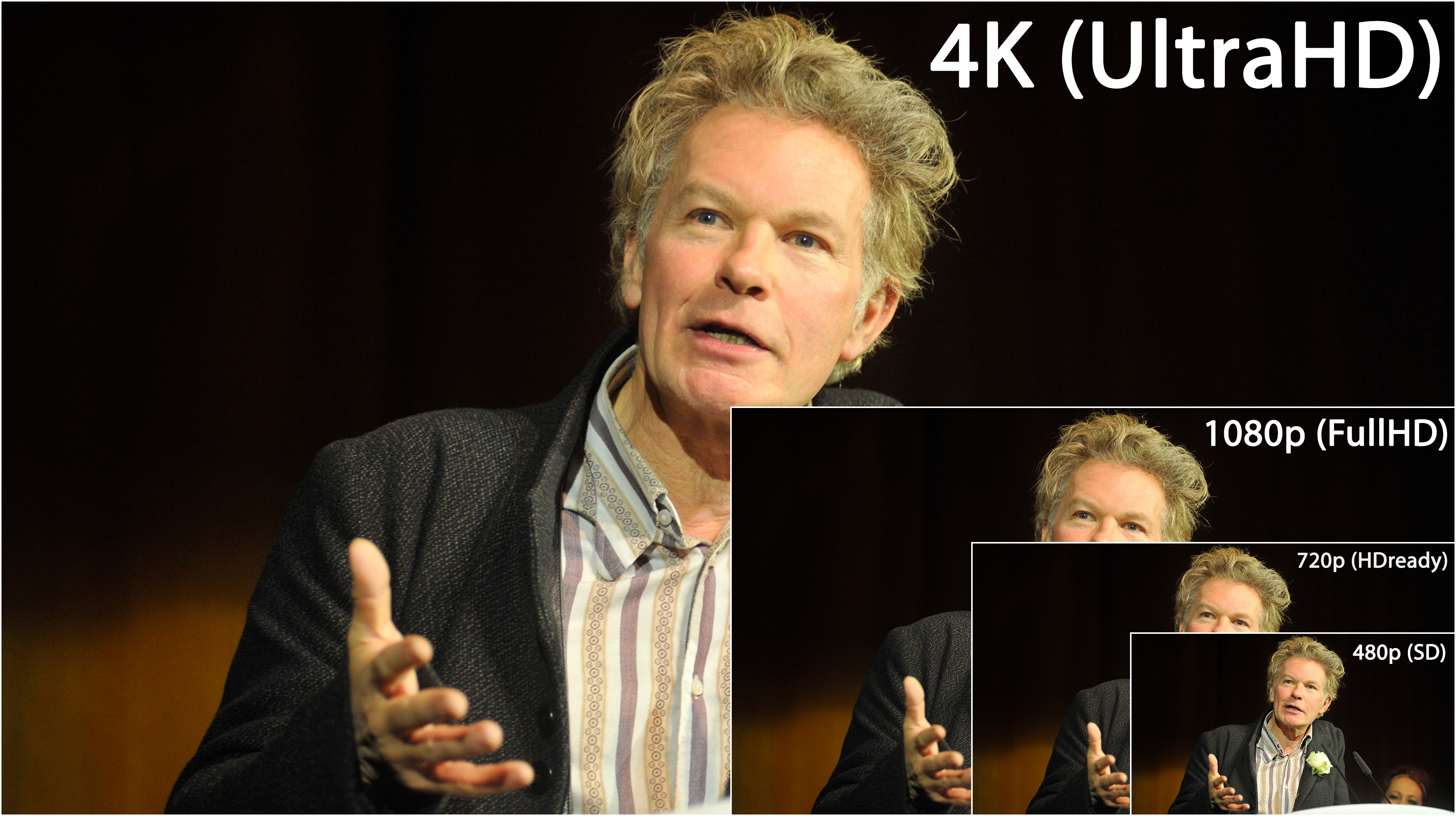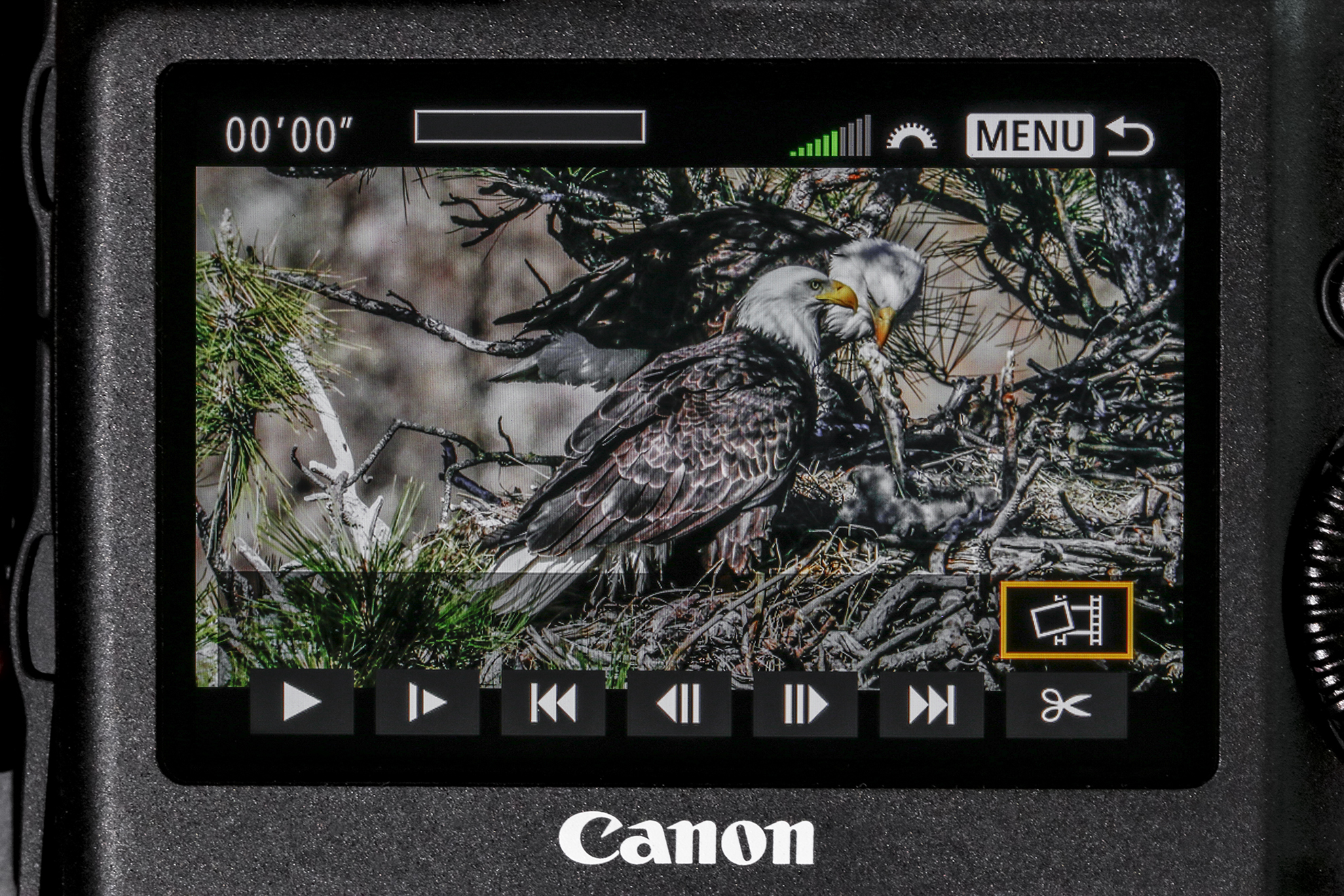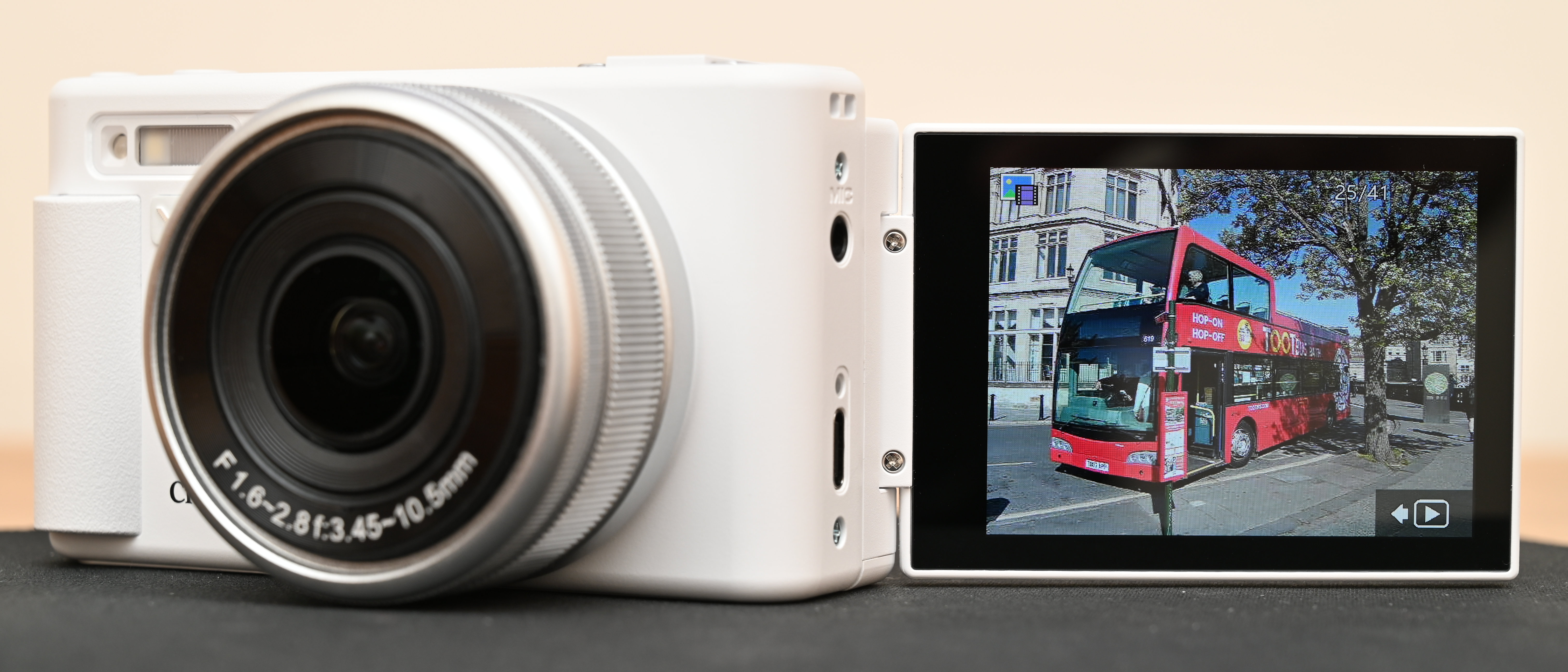What is 4K?
Whether it's televisions, videogames, YouTube videos or cameras, 4K is a pretty big deal… but what is 4K, exactly?
Watch the video: What is 4K?
Whether you’re talking televisions, videogames, YouTube videos or cameras, 4K is a pretty big deal. But what does 4K actually mean, and what difference does it make to you and your camera?
• See the Digital Camera World A-Z Dictionary of photography jargon
To explain, let’s go back to the days before the HDTV revolution. These old screens could display an image with a resolution of 858 x 480 pixels. This was known as 480p, aka “SD” for “standard resolution”.
Then came so-called “HD-ready” displays, which could display images at 720 x 1280 pixels. This “720p” format became known as “HD”.
• Read more: The best 4K camera in 2019
Then we had true high definition screens that could display at 1920 x 1080 pixels, which we know as “1080p” or “FullHD”. (In all cases the resolutions could be "i" instead of "p", such as 1080i, depending on whether the display was interlaced or progressive scan… but that's another conversation!)

This brings us to 4K, which can display images as 3860 x 2160 pixels. However, instead of continuing the convention and calling it “2160p”, after the vertical pixel count, a clever marketing department began calling it “4K” or “UltraHD”. This is because it contains roughly four times as many pixels as 1080p / FullHD resolution.
Slightly confusingly, there is also a cinematic standard describing a 4096 x 2160 pixel resolution. This “Cinema4K” standard is so-called because the horizontal pixel count is in the region of 4,000 pixels.
So what does all that mean for you and your camera? Well, when you shoot 4K video, you’re capturing 8,294,400 pixels – and this produces footage that’s four times more detailed than 1080p, with more leeway for post-production. Bear in mind, though, that shooting 4K will eat up batteries much faster and will cause cameras to run warm, as it requires a lot of processing power.
It also means that you can view your footage on much larger displays than 1080p video without losing any quality. It also means that you can crop into your 4K footage to create close-ups and cutaways, without having to reposition your camera to record separate shots.

The benefits of 4K aren’t limited to videography, though. If you’ve spent thousands of pounds on a full-frame or even medium format camera that takes enormous, pixel-rich photographs, they will look absolutely stunning when viewed on a 4K monitor or TV, since every minute detail will be visible and razor sharp.
In addition, many cameras feature a 4K frame grab technology. This enables you to film a 4K video and then extract a still image from your footage in UltraHD – which can be a great way to capture frames from family videos, shots of wildlife or other decisive moments from moving footage.
In short, 4K video is here to stay – and if you’re looking at buying a new camera or display, it’s definitely something to keep a sharp eye on.
More videos:
What is a mirrorless camera?
What is depth of field in photography?
What is aperture on a camera?
Get the Digital Camera World Newsletter
The best camera deals, reviews, product advice, and unmissable photography news, direct to your inbox!

James has 22 years experience as a journalist, serving as editor of Digital Camera World for 6 of them. He started working in the photography industry in 2014, product testing and shooting ad campaigns for Olympus, as well as clients like Aston Martin Racing, Elinchrom and L'Oréal. An Olympus / OM System, Canon and Hasselblad shooter, he has a wealth of knowledge on cameras of all makes – and he loves instant cameras, too.
